When Van Dijk FEM Engineering set out to develop the Universal Aquatic Drone (UAD E1), they knew they needed more than just great ideas—they needed top-tier materials. That’s where Peli cases came into play. By incorporating these rugged, waterproof cases directly into the drone’s design, Van Dijk FEM Engineering created a modular, resilient product that stands out in the competitive world of underwater technology. In this post, we dive into how the right choice of protective cases helped turn their ambitious vision into a reality.

About Van Dijk FEM Engineering
Van Dijk FEM Engineering, led by Ronald Van Dijk, is a seasoned player in the world of finite element simulations and computational fluid dynamics (CFD). Their bread and butter? Delivering detailed structural analyses for everything from inland ships to offshore constructions, primarily serving the marine industry. With operations spanning the Netherlands, UK, and Ukraine, Ronald and his team have carved out a niche for themselves, offering critical insights that keep ships and offshore structures safe and sound.
The Challenge
In 2018, Ronald had an idea that would push his company beyond their usual services: creating the Universal Aquatic Drone (UAD Uni1.0). This wasn’t just any drone—it was designed for underwater photography, videography, and water quality research. The potential market was broad, targeting waterboards, port authorities, and diving companies, among others. But there was a major hurdle: How do you make a drone that’s not only durable and waterproof but also easy to transport and modify?
The Solution
Enter Peli cases. If you know anything about protective cases, you know Peli’s reputation is unmatched. Ronald and his team decided to incorporate Peli Protector cases directly into the drone's design. Why Peli? Because these cases ticked all the boxes: rugged, waterproof, available in multiple sizes and colours, and, most importantly, modular—exactly what the UAD-Uni-1.0 needed.
The team opted for Peli 1150 and 1400 cases. These weren’t just add-ons; they became an integral part of the drone. The 1150 cases housed the batteries, while the 1400 case protected the electronics at the drone’s core. This setup wasn’t just about protection—it was about making the drone easy to repair and upgrade, something potential users would value.
The Build Process
What’s interesting about the UAD-Uni1.0 is how modular it is. Everything—from the propellers to the batteries—is designed to be easily swapped out. The Peli cases played a huge role in this. Their durability meant that when Ronald’s team drilled holes for connectors or mounted components inside, the cases held up beautifully. Plus, their waterproof nature was non-negotiable since this drone was destined for underwater work.
In essence, the Peli cases turned out to be more than just protective covers—they were foundational to the drone's design, making it both resilient and adaptable.
The Results
The choice to use Peli cases paid off. The UAD-Uni1.0 is not only tough but also exudes a level of quality that resonates with potential customers. The feedback so far has been overwhelmingly positive, and Ronald’s team is just a couple of months away from launching the drone to the market. They’ve already completed some pilot projects, including water quality research in the Netherlands, and the response has been exactly what they hoped for.
Looking Ahead
As the UAD-Uni1.0 gets ready for its market debut, Van Dijk FEM Engineering is confident that they’ve built something special. The drone’s competitive price, combined with its customisable and sturdy design, makes it a strong contender in its field. The Peli cases were a crucial part of this success, providing both the functionality and the credibility needed to win over customers.
Final Thoughts
Van Dijk FEM Engineering’s experience shows how the right choice in materials—in this case, Peli cases—can make all the difference. By incorporating these protective cases into the heart of their aquatic drone, Ronald’s team didn’t just meet their design goals—they exceeded them, creating a product that’s not only functional but also instils confidence in every user. And in a market as competitive as this one, that’s a game-changer.
To find out more about Ronald’s UAD-Uni1.0 visit VanDijkAqua.nl.
To find out more about how you can incorporate Peli cases in the design for your product, visit www.Peli.com.




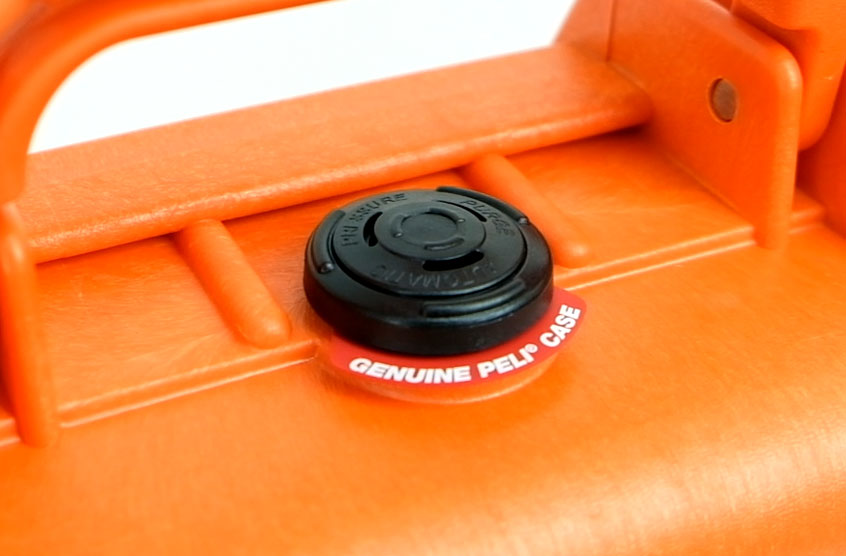
.png)





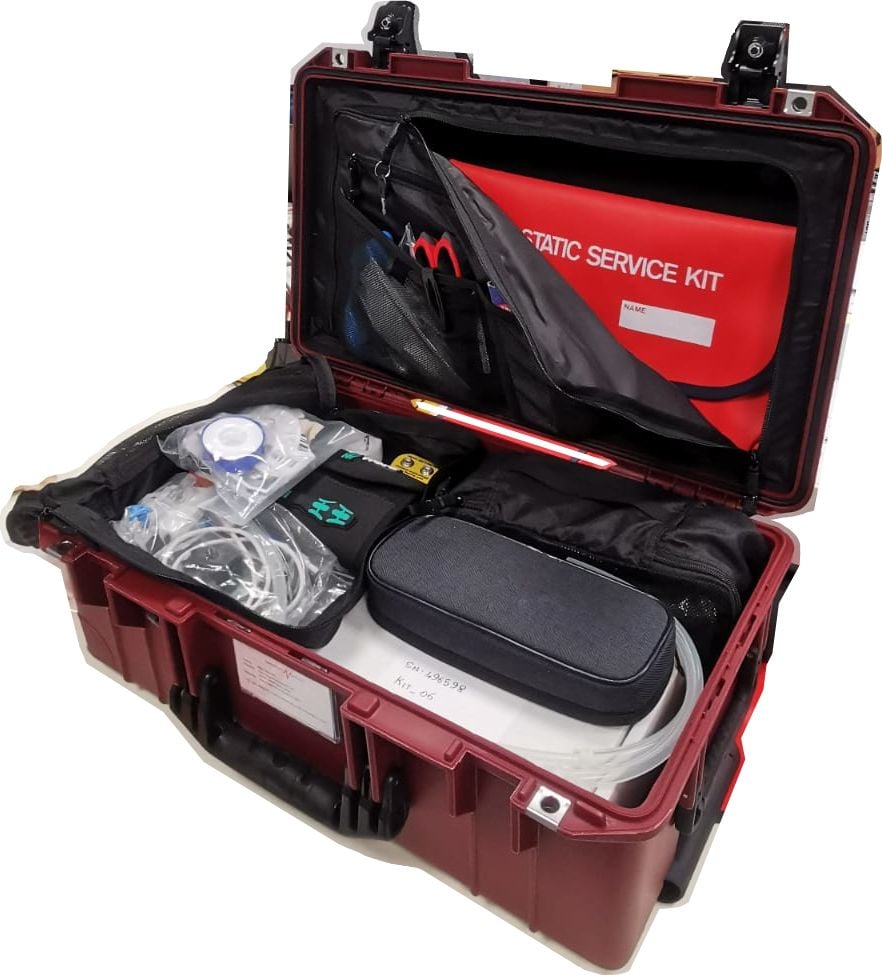
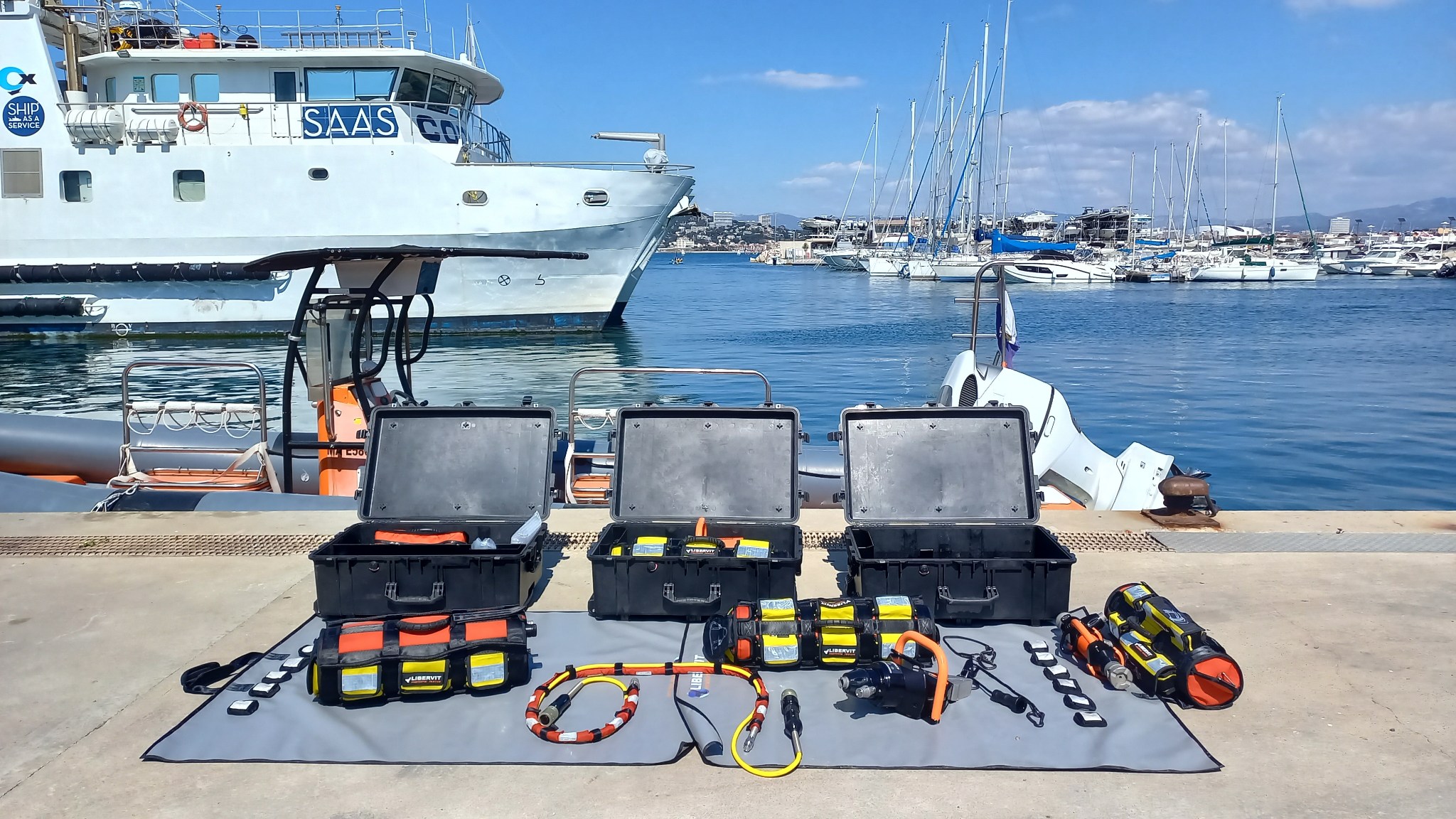
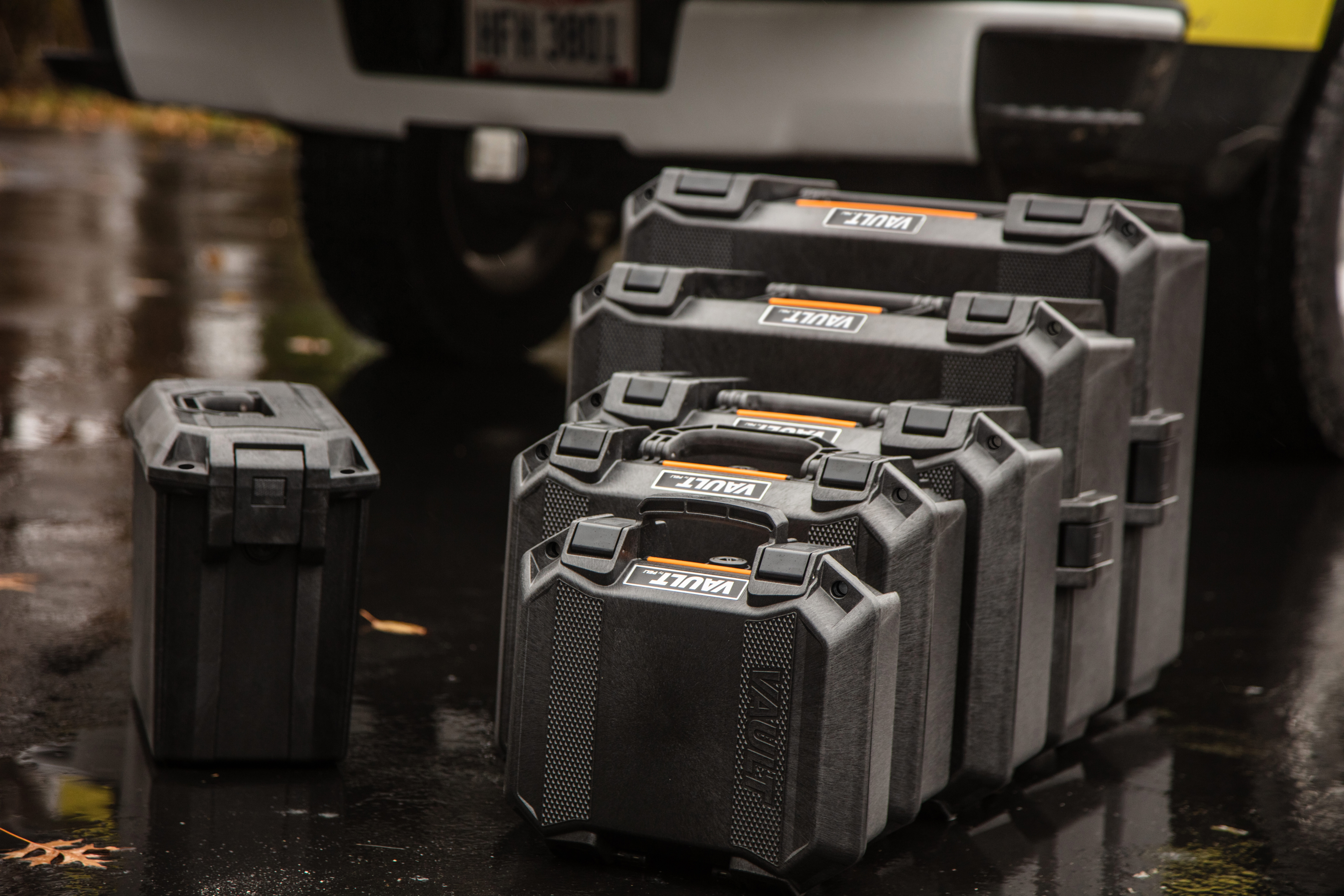
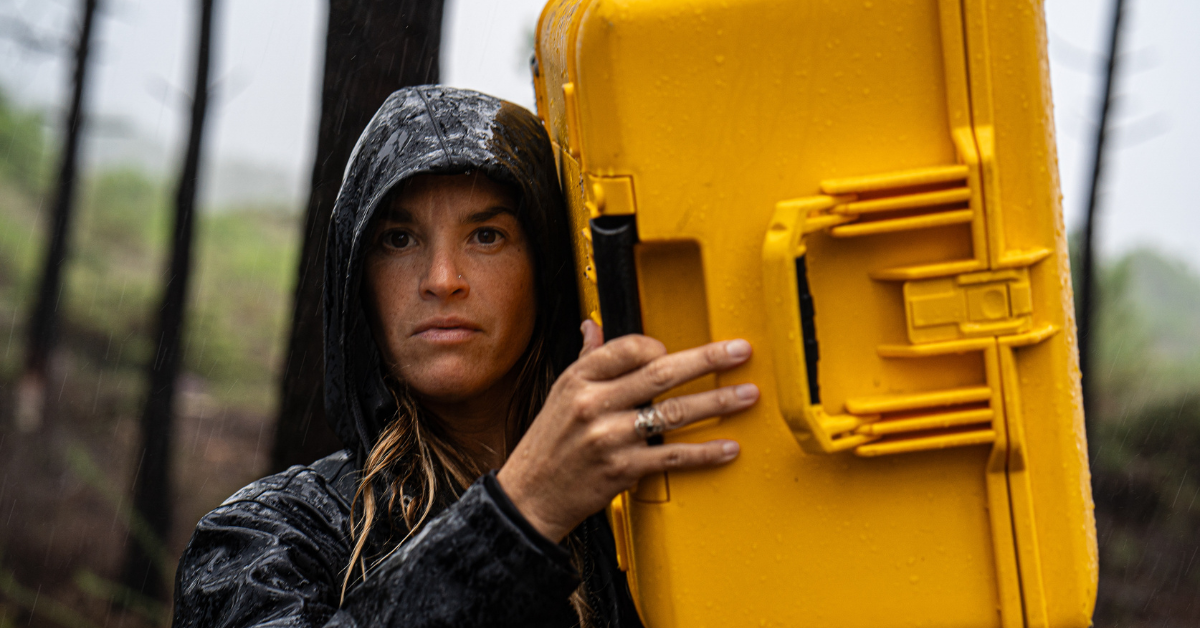
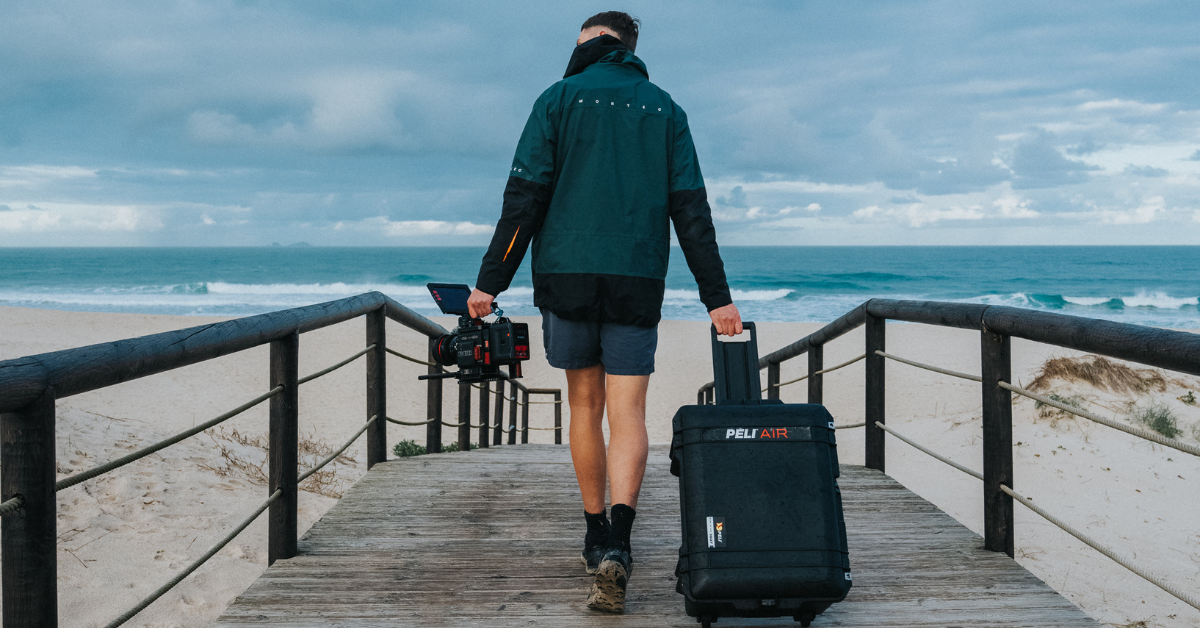
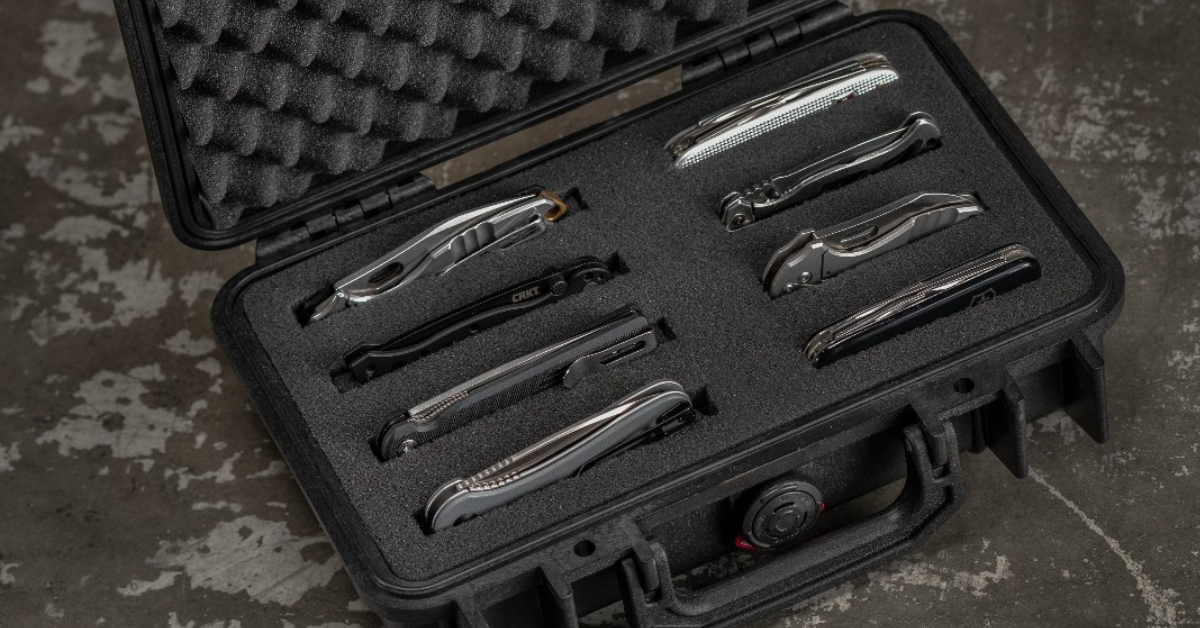
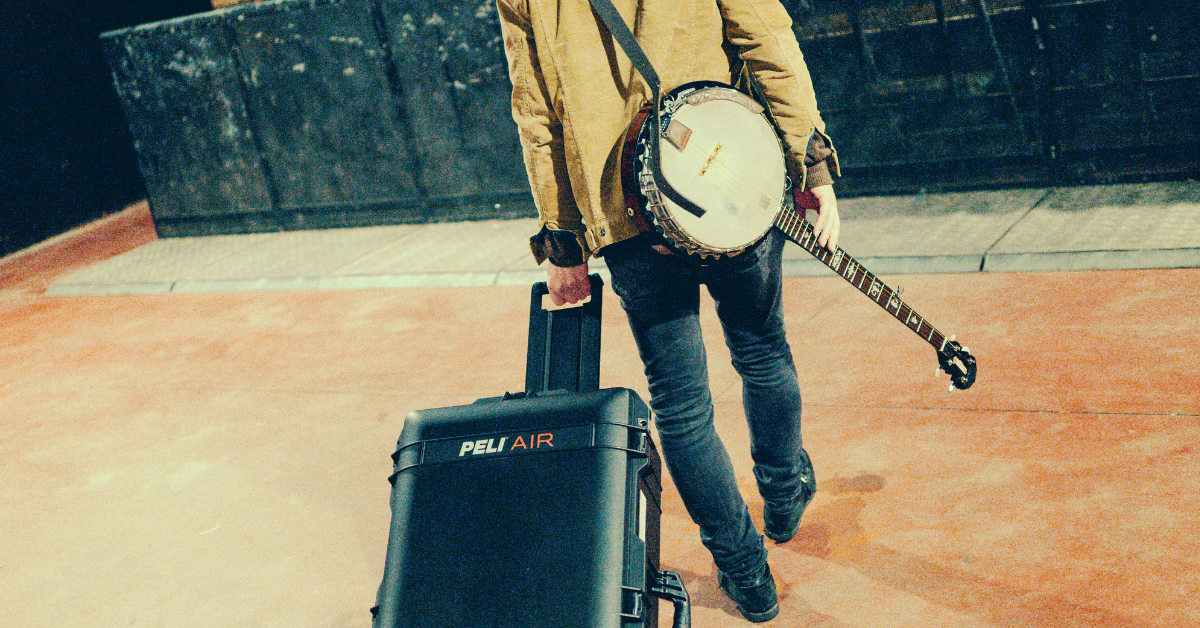

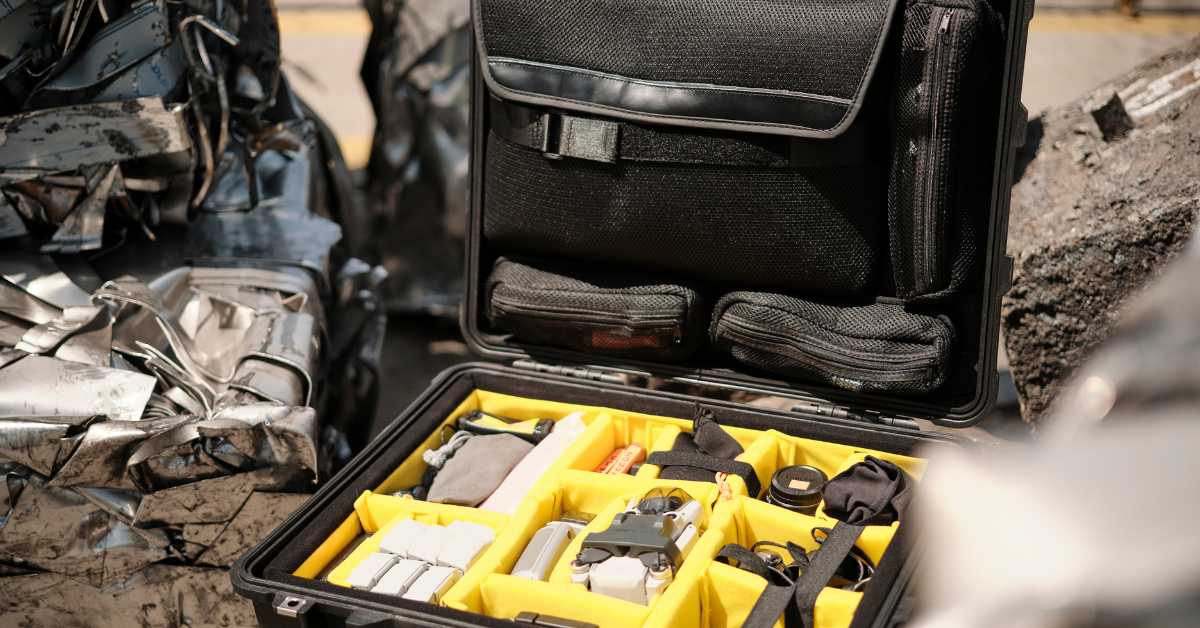
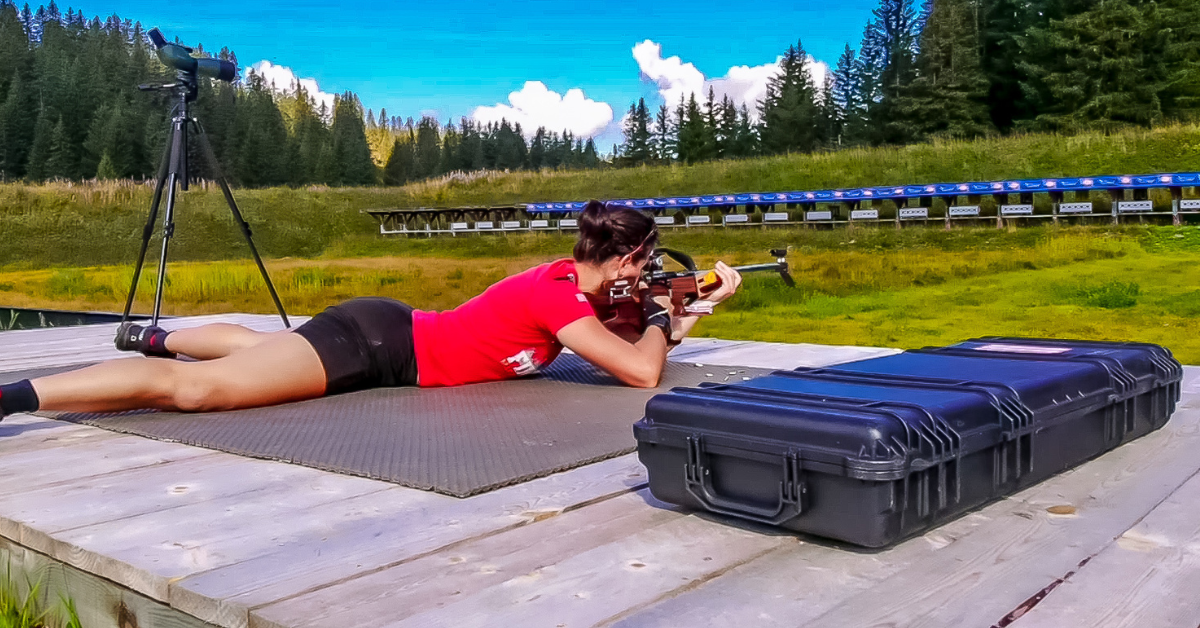
Post a comment